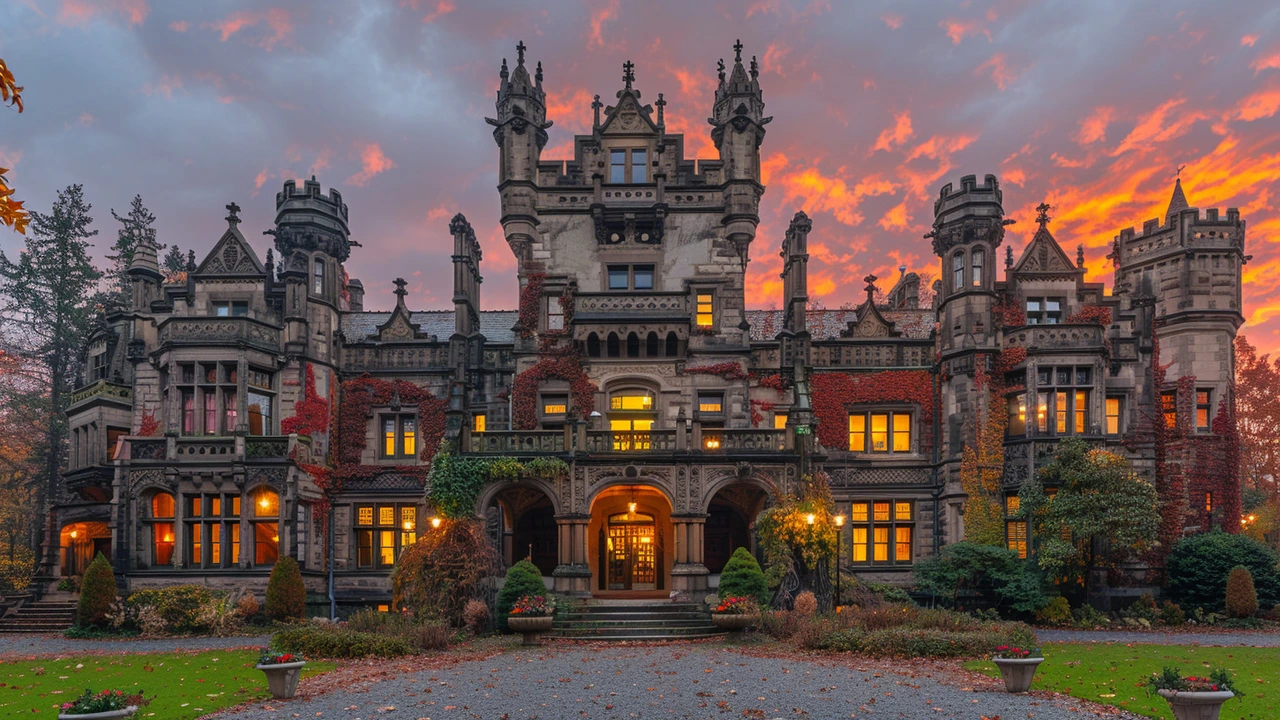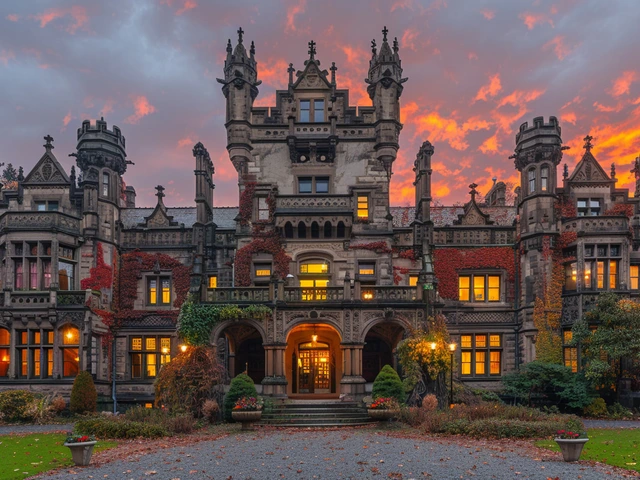The Origins and Evolution of American Craftsman Design
The American Craftsman design movement, an integral part of our architectural heritage, roots deeply in the early 20th century, inspired by the British Arts and Crafts movement. This design ethos was a rebuttal to the mass-produced and ornate decor of the Victorian era, championing hand-crafted quality, simplicity, and the beauty of natural materials.
It all began when Gustav Stickley, a furniture maker, and publisher, introduced the style to the American public through his magazine, The Craftsman. The magazine not only showcased furniture designs but also included house plans. The movement quickly gained traction, emphasizing the connection between the worker and their craft, and promoting a simpler, more honest lifestyle.
Defining Characteristics of Craftsman Architecture and Interiors
Craftsman homes are easily identifiable by their low-pitched rooflines, wide eaves with exposed rafters, large front porches, and hand-crafted stone or woodwork. Inside, they feature built-in furniture, large fireplaces, and extensive use of wood in floors, trim, and paneling, reflecting the style’s emphasis on craftsmanship and natural beauty.
One of the movement's charms is its versatility. From bungalows to larger homes, Craftsman design accommodates a range of home sizes, all while maintaining its core principles of simplicity and quality.
Notable Architects and Their Contributions to Craftsman Design
While Gustav Stickley catalyzed the Craftsman movement, others like Greene and Greene, two brothers from California, furthered its aesthetic and philosophical ideals. Their masterpiece, the Gamble House in Pasadena, exemplifies the ultimate Craftsman home, with its bespoke joinery, exquisite woodwork, and seamless integration with the surrounding landscape. Frank Lloyd Wright, although more often associated with the Prairie Style, also embraced many Craftsman principles in his designs.
"To this new architecture, form does not follow function, form and function are one." - Frank Lloyd Wright
The Movement's Impact on Modern American Homes
Though the popularity of Craftsman design peaked in the 1920s, its influence persists today. Modern homebuilders often incorporate Craftsman features into new constructions, valuing the timeless aesthetic and focus on materials and craftsmanship. The style's adaptability means it's as much at home in suburban neighborhoods as it is in urban settings.
Moreover, the rise of the DIY and maker movements has reignited interest in the hand-crafted and bespoke, principles at the very heart of Craftsman design.
Incorporating Craftsman Design Elements into Your Home
Embracing Craftsman design doesn’t require living in a Craftsman home. Incorporating wood furnishings, earthy color schemes, and hand-crafted textiles can bring a touch of Craftsman warmth and authenticity to any space. Paying attention to details, like adding built-in bookshelves or replacing hardware with hand-forged items, can make a significant difference.
For those looking to renovate, consider opening up living spaces while ensuring the transition between rooms is smooth and natural, mirroring the Craftsman emphasis on flow and functionality.
The Lasting Legacy of Craftsman Design in American Culture
The Craftsman movement is more than just a design style; it's a reflection of America’s cultural ethos - an appreciation for the beauty of craft, a desire for simplicity, and a yearning for a connection to nature. Its enduring popularity underscores our continuing respect for craftsmanship and materials, ideals that continue to shape American design tastes.
As we look toward the future of home design, the lessons of the Craftsman movement - emphasizing quality, simplicity, and harmony with the environment - remain more relevant than ever. Through a commitment to these principles, the spirit of Craftsman design lives on in houses across the nation, bridging the past and future of American architecture.



Leave a Comments